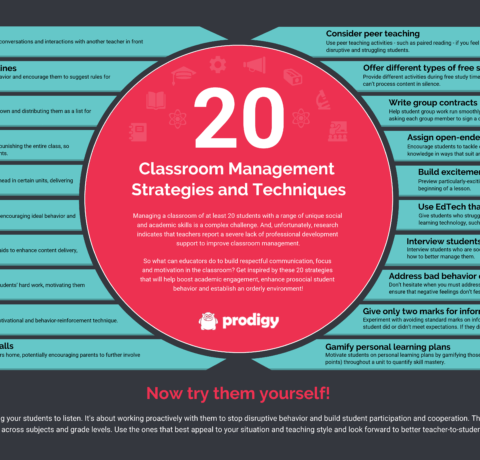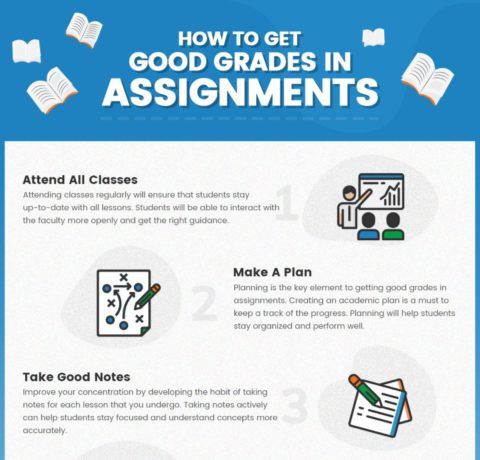The Rise Of STEM In Schools: Is It Working?—Infographic
Over the last decade, the U.S. has seen nearly 2 million new STEM jobs but students’ math and science scores continue to lag behind other nations according to the Program for International Student Assessment (PISA). How can schools better prepare them with the badly-needed STEM skills?
What Is STEM?
Science, technology, engineering, and math, coined in 2001 by Judith Ramaley, Assistant Director of Education and Family Resources at the National Science Foundation (NSF). Since then, STEM-focused curricula have extended around the world. In 2005, "Rising About the Gathering Storm," which was released by the National Academies of Sciences and Engineering, and the Institute of Medicine argued that U.S. students were academically behind in STEM achievements.
The same year, American 8th graders were placed 12th in math and science skills according to The International Math and Science Study (TIMSS) behind Singapore, Japan, Taiwan, South Korea, and Hong Kong. This predicted the dire economic consequences of a poorly prepared workforce. At the time, the U.S. patent office granted more patents (51%) to foreign nationals and foreign companies than to Americans. A newfound focus on STEM careers and curriculum was reflected.
Why Is STEM Essential?
"We go where the smart people are. Now our business operations are two-thirds in the U.S. and one-third overseas. But that ratio will flip over the next 10 years," Howard High, Chief Spokesman for Intel.
86% of Americans believe that increasing STEM-trained workers is vital to maintaining the nation’s place in the global economy.
Neil deGrasse Tyson has said, "A physicist is one of the most employable people in the marketplace….a trained problem solver. How many times have you heard a person in a workplace say, 'I wasn’t trained for this!' That’s an impossible reaction from a physicist, who would say, instead, 'Cool'."
Just 15% of Americans pursue natural science degrees—far less than in other nations.
- South Korea: 38%
- France: 47%
- China: 50%
- Singapore: 67%
Raising a STEM workforce starts long before college. Where do schools begin?
STEM 101
How STEM Builds Skills
STEM is an ever-evolving and expanding field. Success requires the ability to continue to learn and adapt to new situations.
- Activities present engaging materials for hands-on learning
- Project-based lessons help build soft skills, like
- Creativity and innovation
- Collaboration and leadership
- Problem-solving and critical thinking
"Making [something] highlights relationships. You don’t have to know everything, you use the resources of the community," Lisa Brahms, Director of Learning and Research at the Children’s Museum of Pittsburgh.
History Of STEM In The Classroom
In 2007, America COMPETES Act increased funding for STEM education and research programs. Most of the funding went to NSF scholarships for STEM teachers.
In 2013, with Next Generation Science Standards, internationally benchmarked, research-based learning targets developed through a wide-ranging partnership were set, including:
- The National Academies of sciences, engineering, and medicine
- The National Science Teachers Association
- The American Association for the Advancement of Science
- State-level representatives and other stakeholders
Today, 71% of students in the U.S. have a science curriculum influenced by NGSS.
In 2015, the Every Student Succeeds Act (ASSA):
- Increased federal funding for K-12 STEM, including:
- Activities, after-school programs, and field trips
- Professional development and teaching materials
- Specialty schools and magnet programs
- Established STEM master teacher corps
- Added computer science as a core subject
Obama called bipartisan support for the bill a "Christmas miracle."
Today’s high school graduates are some of the first to go through all of K-12 education with a focus on STEM.
Is STEM Working?
Test Results Are Mixed
From 1995 to 2015, U.S. students improved their math skills significantly according to TIMSS.
- 4th-graders' average scores increased from 518 to 539.
- 8th-graders' average scores increased from 492 to 518.
- Both high- and low-performing students showed improvement.
But, science scores weren’t as promising.
- 4th-graders' average scores increased from 542 to 546.
- Low-performing students improved, but high-performing students declined.
- 8th-graders' average scores increased from 513 to 546.
- Improvement was only seen amongst the lowest-performing students.
From 2015 to 2018, U.S. students improved their international standing according to PISA.
In 2015, 10th-grade students ranked number 35 in math and number 17 in science.
In 2018, 10th-grade students ranked number 30 in math and number 11 in science.
But, actual scores have remained stagnant for over a decade.
More Grads Choose STEM
From 2010-2016, undergraduate degrees in STEM fields grew by 43%. In 2018, 3 in 4 college grads majored in STEM-related fields. 86% of high school graduates plan to pursue a STEM career. But with 8 of the 10 fastest-growing jobs in STEM, 2.4 million positions still remained unfilled in 2018.
The Crisis Isn’t Over
- More than half of U.S. patents still go to foreign nationals and foreign companies.
- The U.S. remains a net importer of high-tech products.
- 92% of employers say their need for employees with technical skills is increasing.
- 74% say finding the right talent is getting harder.
As technology grows, specific skills become obsolete. The ability to adapt, learn, and solve problems will be the future of the STEM workforce. Grow your ability to "learn by doing" and your skills will never be obsolete.







You can adjust your cookie preferences here.